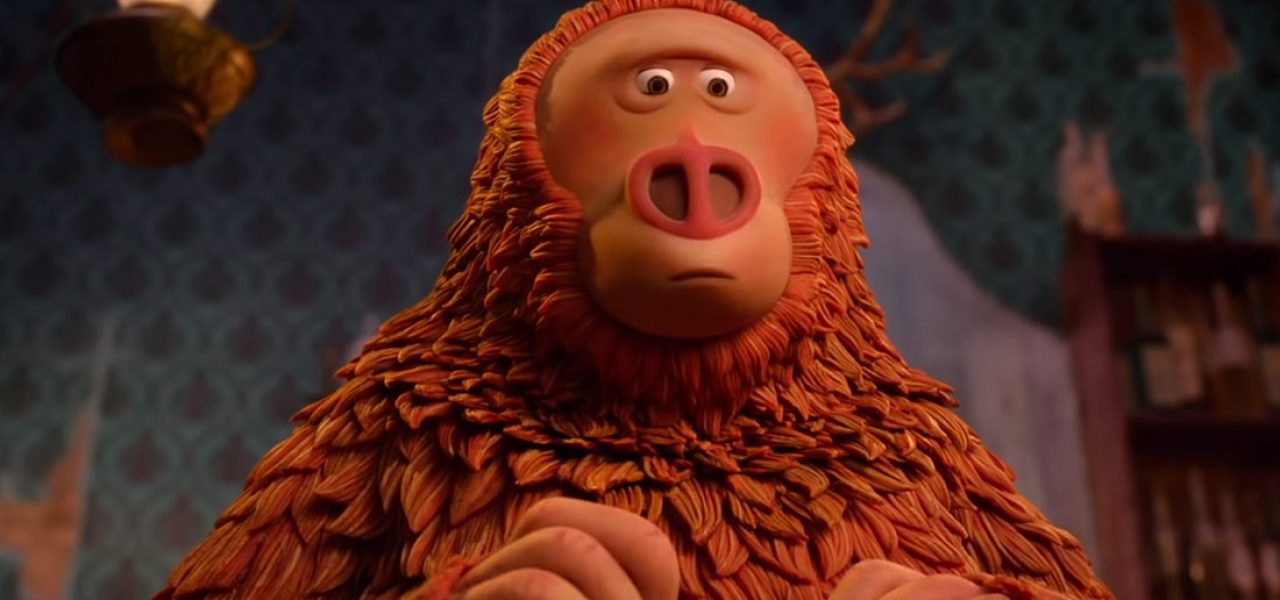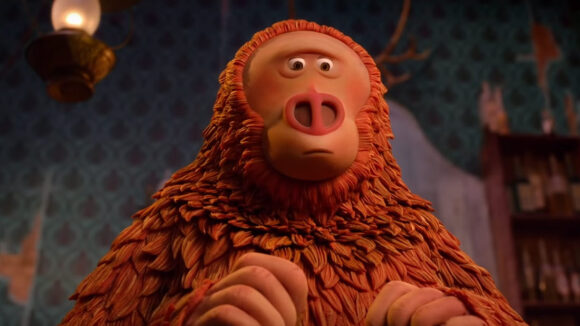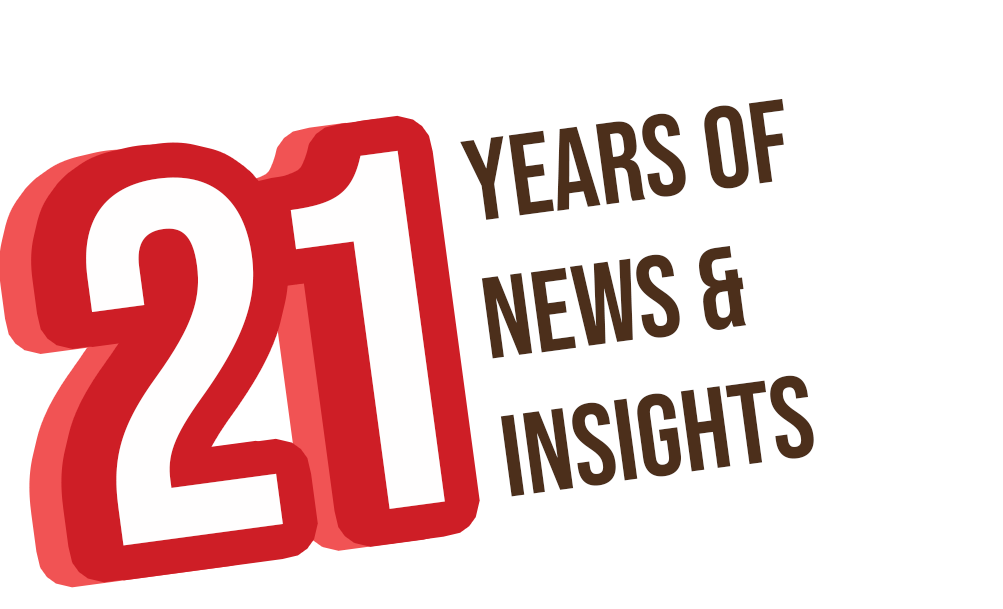

‘Missing Link’ Bombs At The Box Office
Despite positive reviews and brilliant craftsmanship, Laika’s Missing Link tanked at the box office, delivering a historically-bad opening for a wide film release.
The hybrid stop motion/cg film directed by Chris Butler launched in 9th place with an estimated $5.8 million from 3,413 theaters. That’s the weakest-launch ever for a film on 3,200+ screens (the previous record-holder was Show Dogs, which started its run last year with $6M from 3,212 theaters).
It’s also the 11th-worst launch for a film in 3000+ theaters, and the 6th-worst per-screen average for a film in 3000+ theaters with $1,712 per screen. The only animated feature that has ever opened more poorly in 3,000+ theaters was Disney/Lucasfilm’s Strange Magic, which grossed $5.5 million in its 2015 debut weekend. That film, however, had a higher per-screen average ($1,823) than Missing Link since it was released in only 3,020 theaters.
Missing Link is the first of Laika’s films to be released by United Artists Releasing and Annapurna Pictures. The first four Laika films were released by Focus Features.
Missing Link earned less than half of Laika’s previous-lowest opening, which was $12.6M for Kubo and the Two Strings in 2016. While box office projections for Missing Link had already been low — in the $8-12 million range — no one expected that it would dive far lower than those estimates. Even more disconcerting, each of Laika’s films has grossed less overall at the U.S. box office than its predecessor, and Missing Link is now all but guaranteed to continue that trend.
One of the unfortunate side effects of such a weak opening is that film studios will inevitably cast blame on the stop-motion process itself. The long-running narrative in the animation industry has been that audiences only want to see cg animation, and Laika’s weak performances at the box office continually feed into that narrative.
But stop motion does not deserve the blame here. For starters, Missing Link is a hybrid film that incorporates heavy amounts cg and vfx artistry in addition to stop motion. And if audiences specifically avoid stop motion, then how to explain the similarly poor start of the all-cg effort Strange Magic, or more recently, Paramount Animation’s Wonder Park?
If we’re being honest, average moviegoers (i.e. people who don’t read websites like Cartoon Brew) lack enough understanding of animation techniques to properly distinguish between cg and stop motion, so it’s highly unlikely that any statistically significant amount of moviegoers avoided Missing Link simply because of its technique.
So what accounts for this dismal start? A lack of advertising? Missing Link was promoted extensively, and even topped tv ad spending in early April. On the other hand, the barely advertised (and disastrously-reviewed) teen romance-drama After not only opened higher this weekend than Missing Link, but its per-screen average landed in the top five.
The simple answer about Missing Link’s poor performance is that there is no simple answer. A variety of factors ultimately played a role, and I’m sure we’ll hear more about those factors in the future.
One of the most basic flaws from my perspective: it was never really clear who the film’s target audience was supposed to be. The cautious, conflict-free trailers and goofy design of the main character gave Missing Link the appearance of a film for very young kids, while its style of comedy and Victorian-era setting clearly skewed to an older audience. This inconsistent branding, even in its own trailers, almost certainly played a role in confusing moviegoers about the film. The aforementioned After may not have been advertised as extensively — and it may have not been a very good film — but take one look at the trailer and it’s blatantly obvious what type of a film it is and who’s going to watch it.
You’ve got one more weekend to check out Missing Link before Avengers: Endgame takes over the multiplexes.

.png)